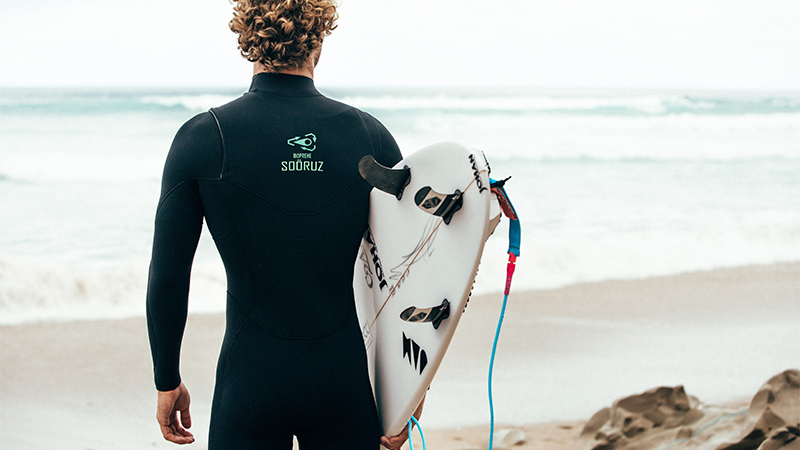
Soöruz Launches 2nd Life Program: An Interview With Founder Yann Dalibot
A part of the ‘Soöruz Ocean Project’, the 2nd Life Program will focus on recycling wetsuits to either create alternative products or use the recycled neoprene as a secondary material. We spoke with Soöruz founder Yann Dalibot about this program along with their vision for sustainable manufacturing, some of their products like the Black Is Green (B.I.G) wetsuit, and the overall response from customers so far.
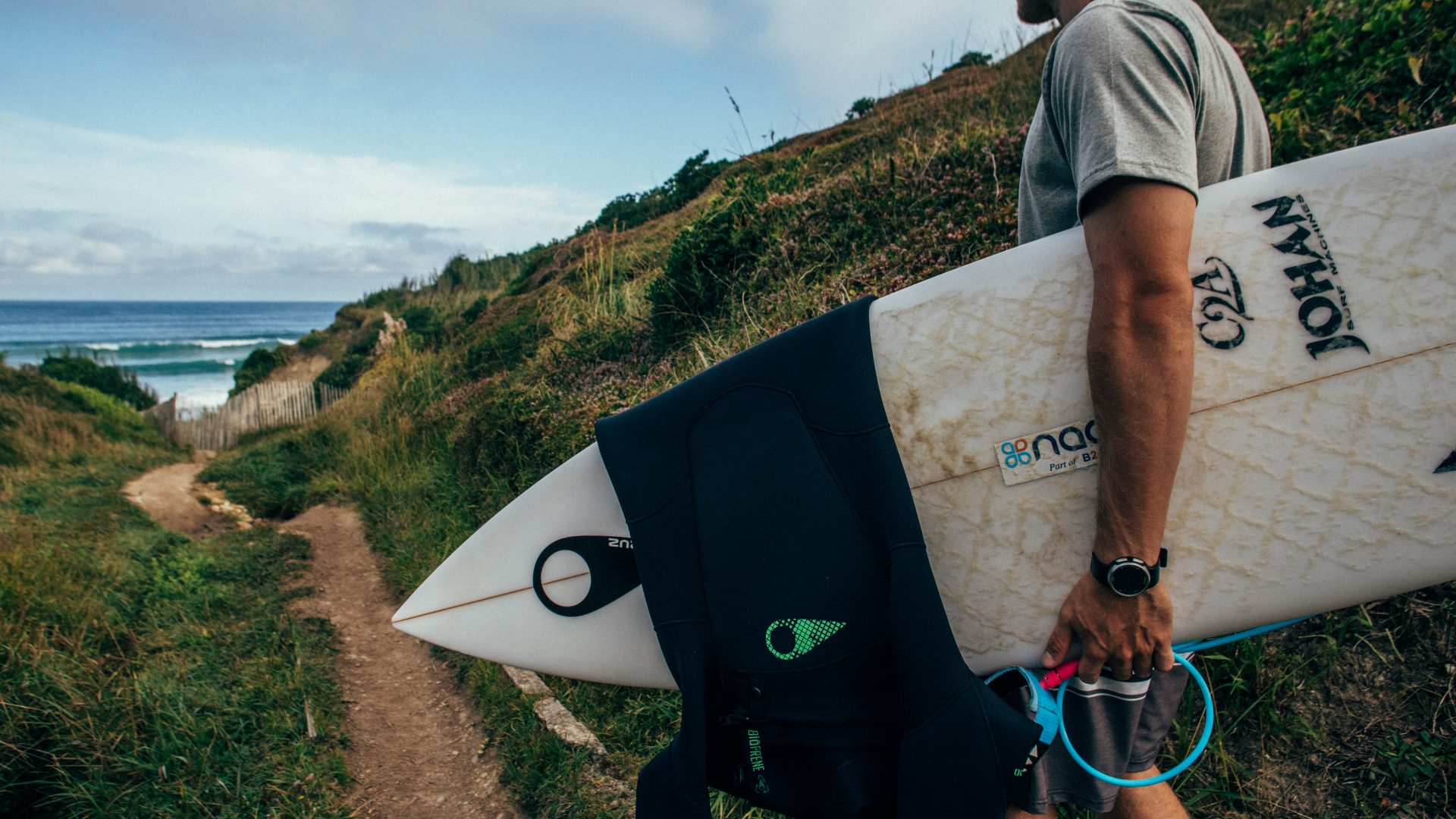
The 2nd Life Program will focus recycling wetsuits and finding alternative uses for the recycled material.
Why have you made sustainability such an important part of your product offering?
It’s in us, we simply love it! Since 1999, we have committed to creating and designing performance and quality products through innovation. We’ve always listened to our customer base as well as our team riders so they can totally fulfil their love. As we became more and more aware of the environmental issues, but also of the higher level of performance from riders – whose expectations are increasingly specific –, we decided to enhance our R&D department. We approached a range of experts in the fields of research, design, and eco-design to co-develop new products with even more performance for riding today and in the future.
We do not claim to change the world, but just that we gain ground in a responsible manner, and this is where we put our efforts, in order to offer high-value innovations with full transparency.
Being eco-responsible is innovation to us. Whenever we can achieve this, we do. If we cannot, as it might be the case for some products, we do not pretend to offer eco-friendly products.
Before we address your latest S2Life Program, please rewind in time and review your forays in a more sustainable manufacturing.
In 2013, 5% of our products contained recycled materials or reduced environmental impact. Products such as the GURU wetsuit, which already used bamboo and recycled polyester. We then took part in the development and testing of Yulex and Naturalprene in 2014. We even happened to be first to market these materials with our B.I.G. (Black is Green) wetsuit but without the marketing firepower. In 2018, 35% of our wetsuit range displayed some eco features. The figure went up to 50% in 2019 and we aim to reach 70% by 2020. Beware, we are not talking greenwashing here! It’s not about adding a piece of recycled PET there or limestone rubber…
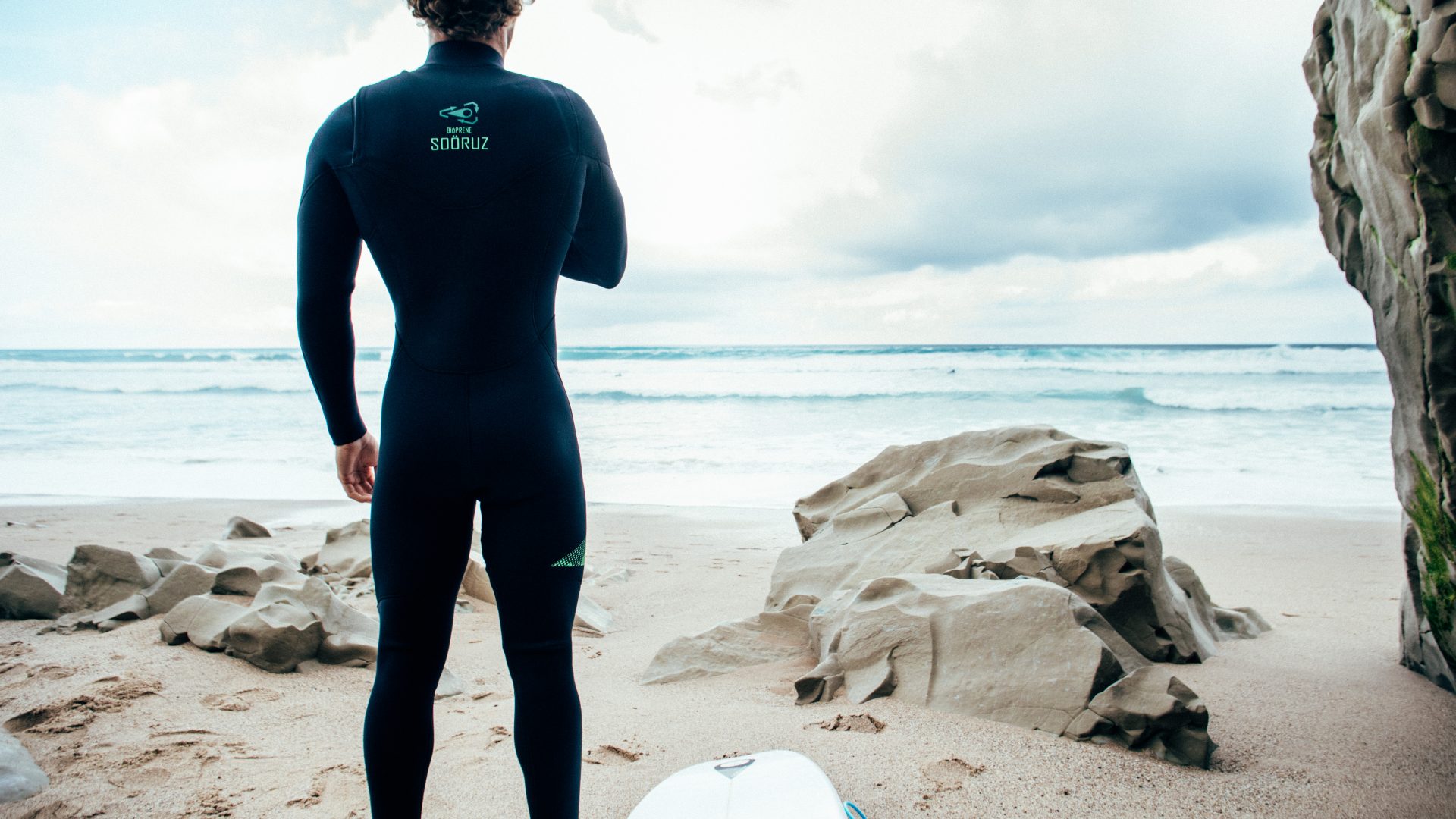
With its products, Soöruz aims to combine high performance with sustainability.
From Limestone to Yulex and eventually Naturalprene, Sooruz advocates a “black is green” ethos: is a 100% eco-friendly wetsuit a feasible goal?
100% would be bullshitting people and we do not claim we can achieve it. However, I am dead sure our 2019 BIG wetsuit is the more eco-responsible wetsuit on the market. The Naturalprene foam has helped us reach an 85% rate of organic material in the product. We combine this with recycled PET, water-based glues and screen-printing. No glue tapes nor zips. But we can and we must do even better, so we keep on experimenting. We are currently testing new organic compounds with great results. We’ll explain more about this in the near future… Performance and quality will remain at the forefront of our innovations.
The eco Blue Line is meant for schools and clubs. What are the specific features of a rental/school wetsuit?
On assessment, we realised that no major players were putting great efforts into wetsuits, although they represent big numbers as far as production goes. So, since 2012 we’ve spent a lot of time designing this specific product, always listening to the surfing, wakeboarding, kiteboarding, windsurfing, and sailing schools. Among other innovations, we created a very strong and comfy fabric using recycled PET, in association with our partner factory. From 2020, we will make it available for other brands as well. It is Bluesign labelled, as are all the fabrics we use. Not mentioning the water-based glues and screen-prints, or our zips, the sturdiest on offer… The first move to be eco-responsible is to work on durability. And this wetsuit really is extra-strong.
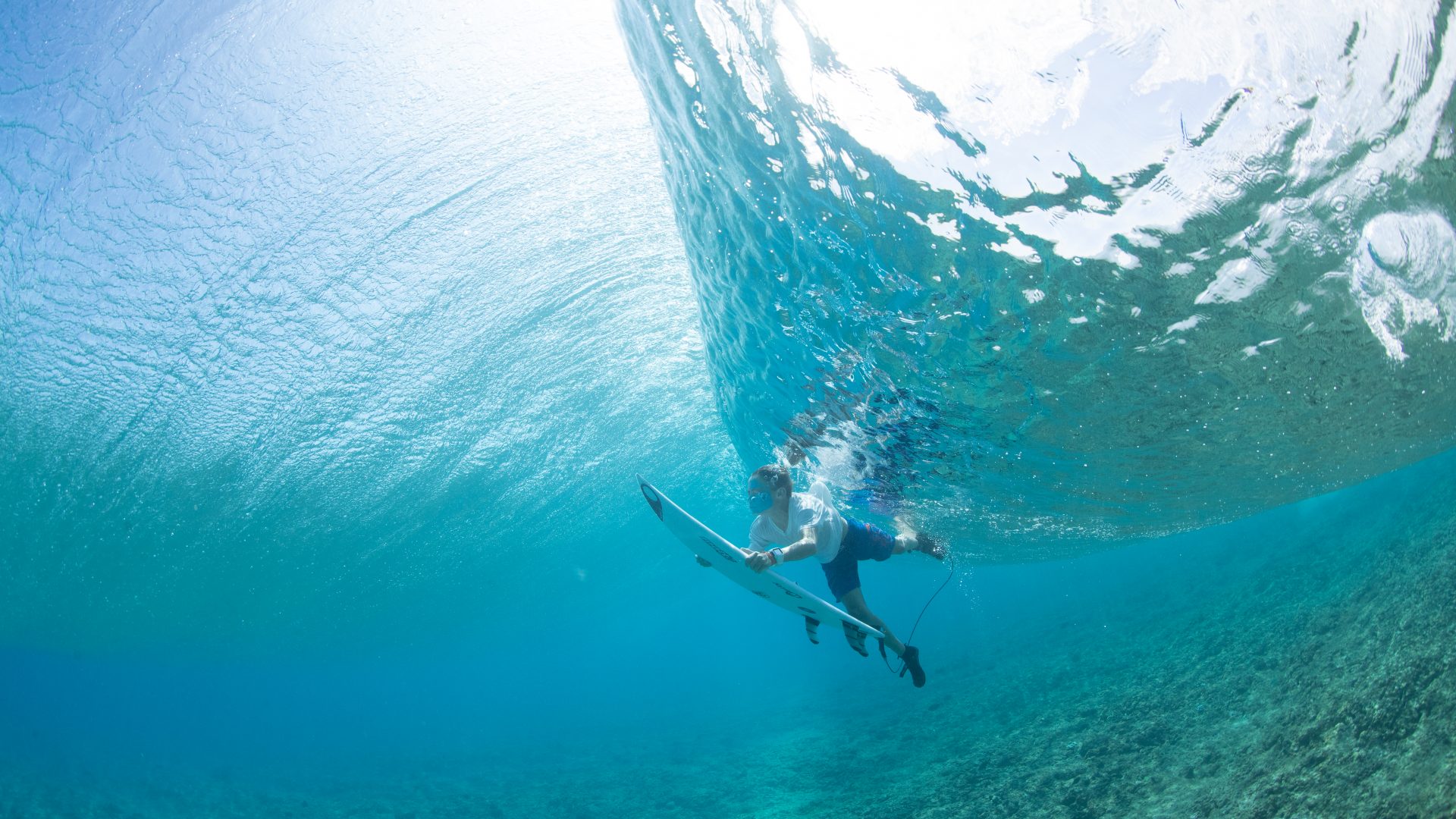
Soöruz has created a strong and comfortable fabric using recycled PET. It will be made available from next year.
How much has Carbon Black been a game-changer?
We need carbon black in the manufacturing of regular rubber as well as limestone rubber. It is used as a filler in the composition of the rubber and increases furthermore its UV resistance. It’s been two years now that all our limestone rubbers are loaded with carbon black made out of recycled tyres.
How does the Second Life Program work? Is it aimed at customers as well as suppliers and retailers?
It’s all part of what we call our “Soöruz Ocean Protect” label. In 2018, we set up the Soöruz Second Life research initiative so we could find an alternative to users dumping wetsuits and looked into recycle neoprene, either into new products or used as secondary material. In 2019, adopting a circular economy ethos, Soöruz has improved the collection and recycling of the neoprene scraps, on brand new and used wetsuits as well. Our collaboration with our clients, suppliers and privileged partners helped us implement these initiatives.
Action #1 – Collaboration with the supplier/manufacturer of neoprene, in order to add value to the rubber offcuts, turned into “useful” goodies. The goodies serve as gifts on various events supported by Soöruz.
Action #2 – Implementation of a collecting chain among our clients. We will provide collecting trays to shops and schools this coming Fall. The following step is to put money towards research for how to recycle rubber, so as to produce neoprene granules. We have currently signed the very first contracts to provide rubber granules. We aim to collect and recycle 10,000+ wetsuits in 2020. By 2023, we aim to be able to recycle as many wetsuits as we produce.
Action #3 – Investing in a recycling and repair workshop for wetsuits in La Rochelle, France.
Action #4 – Setting up a “repair & recycle corner” at boardsports events.
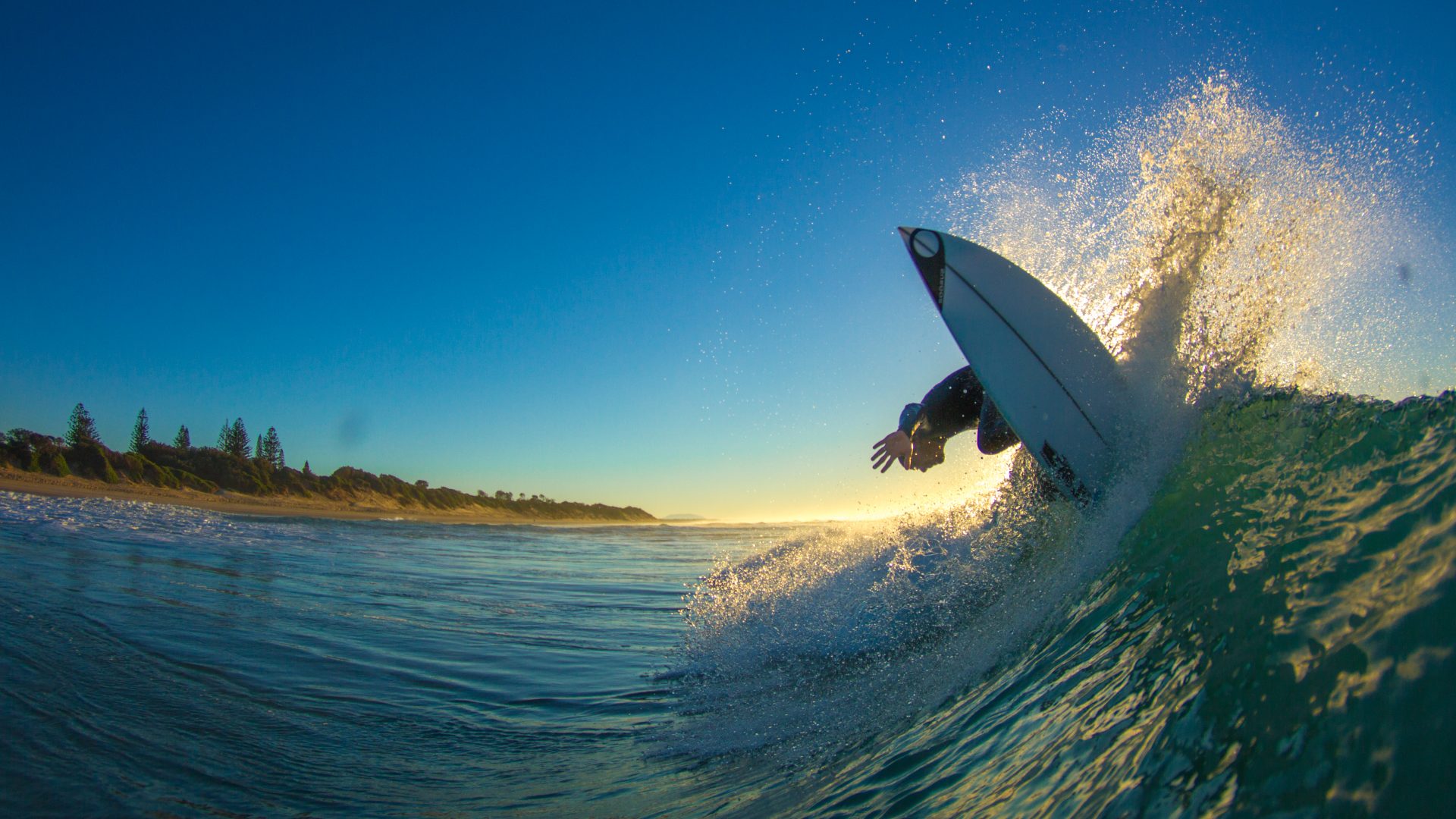
Half of their products this year have some eco features.
What has been the reception to your eco-friendly wetsuits by the end customers so far? Compared to “lesser” sustainable options like the Fighter series let’s say.
The Fighter model already uses sustainable components. It is made with Limestone rubber and the glues/screen-prints are water-based. The existing materials do not allow us to make such a performance €200 wetsuit which ticks all the eco boxes. But we genuinely feel enthusiasm towards our Guru and Firehead models, for example. Nowadays, customers demand transparency. We clearly point out what the product is made of and at what price.
Beyond the sustainable actions, Fair Trade is the latest development in the industry. Soöruz’s tees are labelled Fair Wear Foundation: did you have to rethink all your sourcing chain to achieve this?
The apparel segment comes second for us. Above all, Soöruz is an innovative brand dedicated to technical gear for surfing. But the few apparel items we make, we make them well. All our tee and sweatshirt production has been repatriated to Portugal and uses certified organic cotton. All our boardshorts have been made out of recycled polyester fabric for five years now. We always encourage our suppliers to go along with us in this transitional move. And whenever we can bring back our production to Europe, we do. It isn’t that hard to incorporate eco-design into performance products when you do it with passion.




